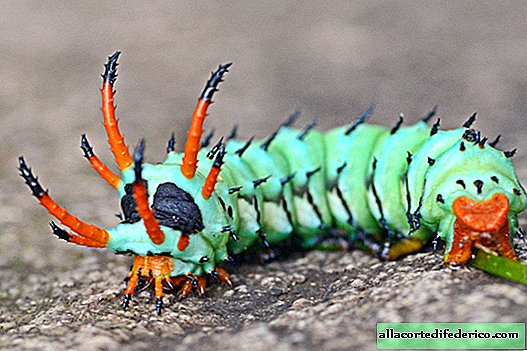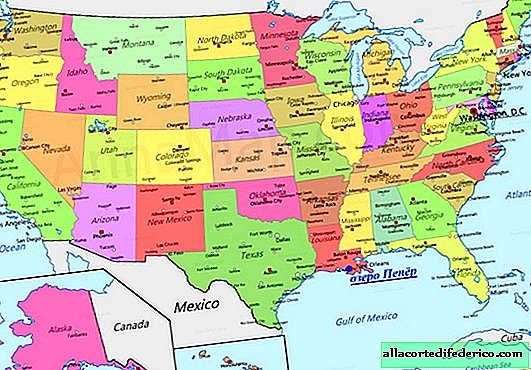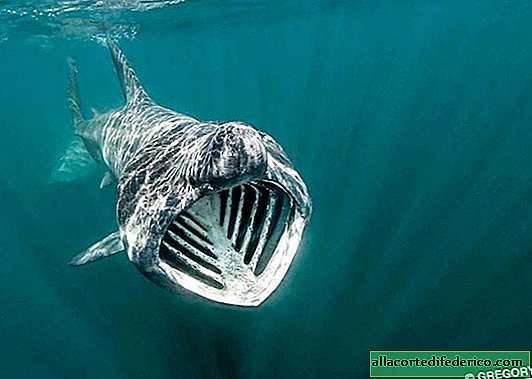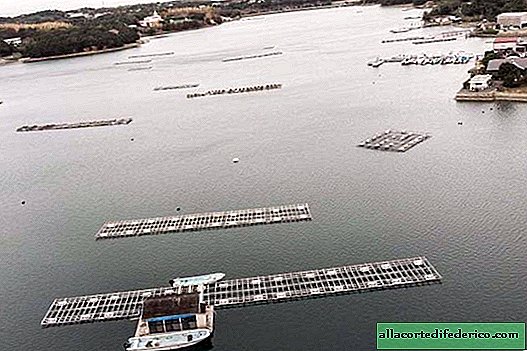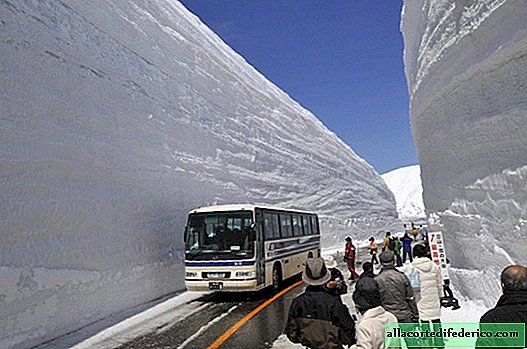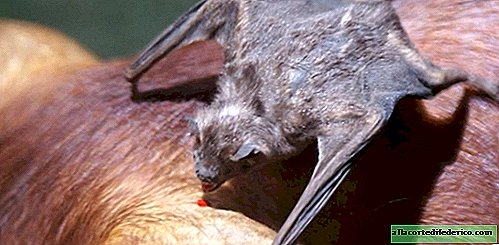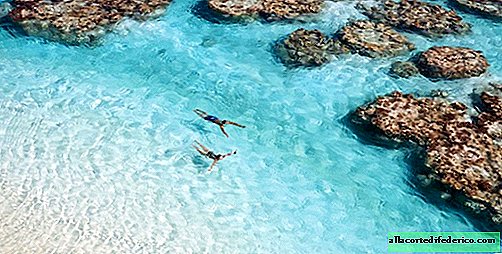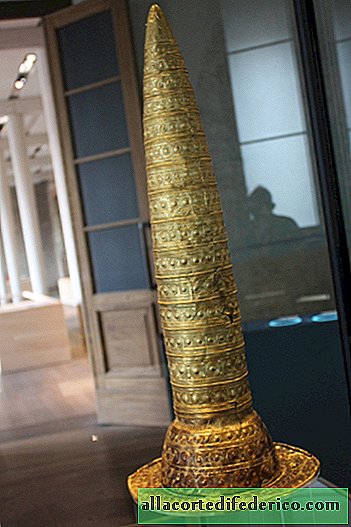Canadian island of Devon - a particle of Mars on our planet
Even Inuit, the indigenous inhabitants of the Canadian Arctic and Greenland, could not live on the harsh island of Devon. Since it was discovered by the British at the beginning of the XVII century, few people wanted to settle on it, although people live on the neighboring large islands, despite the severity of the Arctic climate. Whalers stopped here, scientists and border guards lived for some time, but they all eventually left Devon, which is currently the largest uninhabited island on our planet.
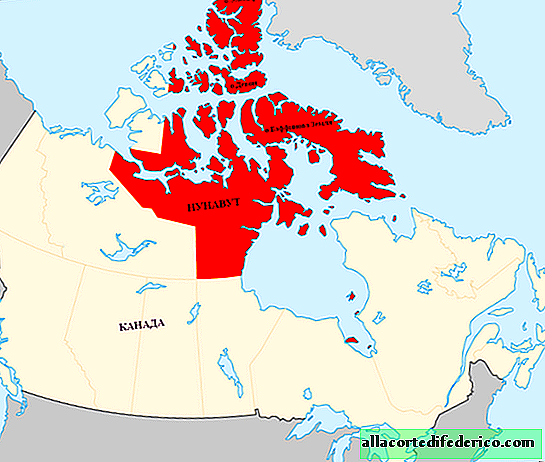
Devon Island is part of the Canadian Arctic Islands and has an area of 55.2 thousand square kilometers. Administratively, the island is part of the territory of Nunavut, more than 80% of the population of which are Inuit. But even the indigenous inhabitants of the Arctic, who, like no other, adapted to its harsh conditions, could not live on the island of Devon. In the 30s of the last century, several dozen families moved here in the hope of establishing a life here and establishing a permanent settlement. But just a couple of years later, people who arrived here from Baffin Island, a neighboring island, which also does not have a warm climate, left Devon. Compared to their previous place of residence, the new island had an even harsher climate.

The air temperature in the winter months on Devon rarely exceeds minus 34-36ºС, and in the summer it does not rise above plus 10ºС. The island is dominated by tundra and arctic deserts with a rather poor fauna and flora. The coastline of the island is indented by numerous bays, which makes it even more severe and inhospitable. The only noticeable inhabitant of Devon are musk oxen. It is noteworthy that on the island of Ellesmere, located north of Devon and having a similar climate, about 150 people live, but at the same time no one stayed on Devon for a long time.

Among the last people who lived and worked on Devon are NASA scientists who, in search of a harsh, lifeless place reminiscent of Mars, turned their eyes to this uninhabited island. A base was organized here, which lasted several years and is currently abandoned.

But the island, on which no one wanted to settle, has one interesting object, which makes it even closer to the distant Mars. This is Khoton impact crater, formed as a result of a meteorite fall, whose diameter is about 2 kilometers. He was discovered while studying aerial photographs of the area in the 50s of the last century.


